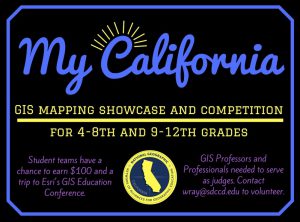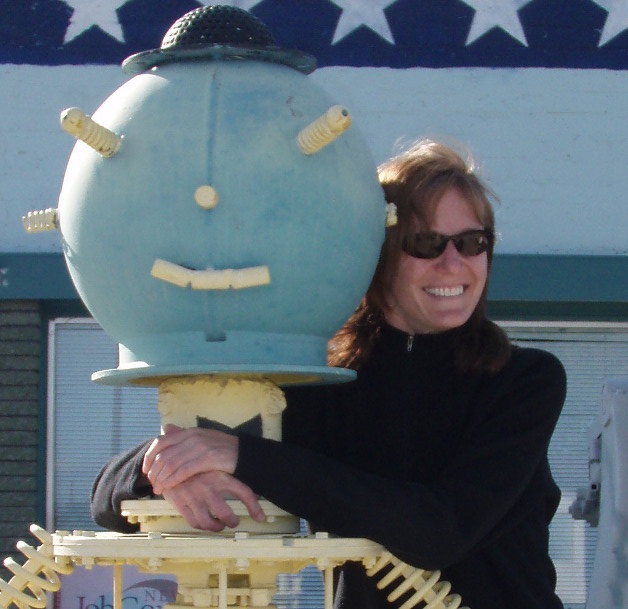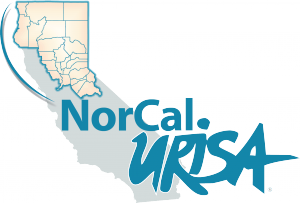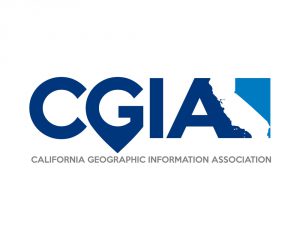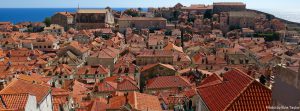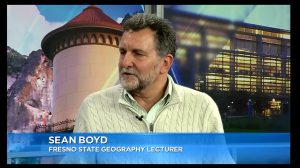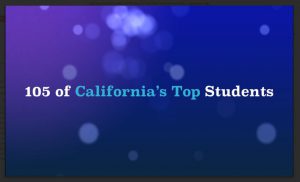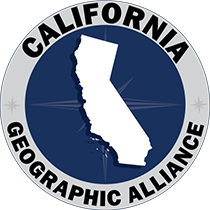Greetings from the Alliance Network Annual Meeting at National Geographic Society headquarters in Washington, DC. We are hearing about changes in the way in which the Alliance network is organized and supported, and in the coming months there will be news to share about new initiatives and new activities, and we think there will be some things you can get excited about and use to get students engaged in learning. More on that to come, but for now we want to share something that is a little bit outside the box of our usual Alliance work, but still very related.
Many of you may not know that the CGA team at San Diego State – in particular Stuart Aitken, Thomas Herman, and Kate Swanson – are also involved in conducting geographic research on the geographies of children, youth, and families. The concept of “geographies of children and youth” may be new to you, but because most of you work with children and youth on a daily basis, you will find it a familiar topic. It is an interdisciplinary field including education, environmental design, and sociology researchers who share an interest in places and spatial relationships. They examine the ways in which adults make space for children, youth, and families (playgrounds and suburban neighborhood design are simple examples). They are also interested in ways in which children and youth interact with and modify their environments (think about the old Family Circle cartoon that shows how the child who says she came straight home from school actually took a circuitous route throughout the entire neighborhood or the way kids tend to gravitate to forts and treehouses away from adults’ spaces). This field has grown significantly over the past 20 years, as is reflected in academic journals and in the number of disciplines who are using geographic thinking to examine the lives and well-being of children, youth and families.
In January, we hosted the 4th International Conference on the Geographies of Children, Youth, and Families in San Diego. Over 160 researchers from 32 countries attended the conference, and they presented a wide range of ideas and evidence about what is happening in the lives of children and young people. If you are interested in learning more about the conference, you can check out the conference web site at: http://icgcsandiego.wix.com/ypbw or the ISYS Center web site at http://geography.sdsu.edu/Research/Projects/ISYS/.
One big takeaway message for us as Alliance leaders and for all geography educators is this: Valuing the perspectives, concerns, experiences and voices of youth with regard to issues such as life in their community, what it means to be a Californian or an American, and how do we conserve our global environment will create incredible motivation for students to accumulate geographic knowledge and activate geographic thinking. You already know that, probably, but it is helpful to have an occasional reminder and some encouragement. We have lots of things to teach, some grounded in standards and some grounded in personal values, but we would encourage you to make sure that on a regular basis you are giving students an opportunity to exercise their voices, analyze their environments from their own perspectives and the perspectives of others, and express their ideas for a brighter future.
An example of this came from a plenary speaker at the conference. Professor Katharyne Mitchell from the University of Washington gave a talk entitled “Counter-mapping with Children.” She taught students about the fact that maps reflect one view on a place, and that they reflect power relations and, often, official designations. They leave out some features and labels to make room for others that the mapmaker thinks are important to show on the map. Maps can therefore exclude the perspectives of minority groups or of people who do not possess official power and status (i.e., children). Dr. Mitchell then worked with the children to examine the perspectives of specific groups in the Seattle area where she works. The students focused on the perspectives of women, Asian-Americans, and African Americans and produced alternative maps for the city that elevated those perspectives. The activity built social and historic knowledge of the students while also engendering empathy and, wait for it…..geographic knowledge, skills, and ways of thinking! Sounds great, right? Only a shame she is not in California. However, immediately after the talk we had a chance to learn that Dr. Nancy Erbstein at the University of California-Davis is doing very similar work in California. A new collaboration is hopefully emerging from that conversation so we can share Dr. Erbstein’s work (and methods) with all of you. But you don’t need to wait. Have your students map their community. Have them look at maps of their home area and talk about what is shown on the map. Have them talk to others in the community about the places that are significant to them and check to see if they are shown on the maps you can access. Have them produce alternative maps that do reflect these features. It will be fun and relevant and it will build geographic knowledge and skills. It will hopefully also tap into their natural curiosity and lead to lifelong learning.


